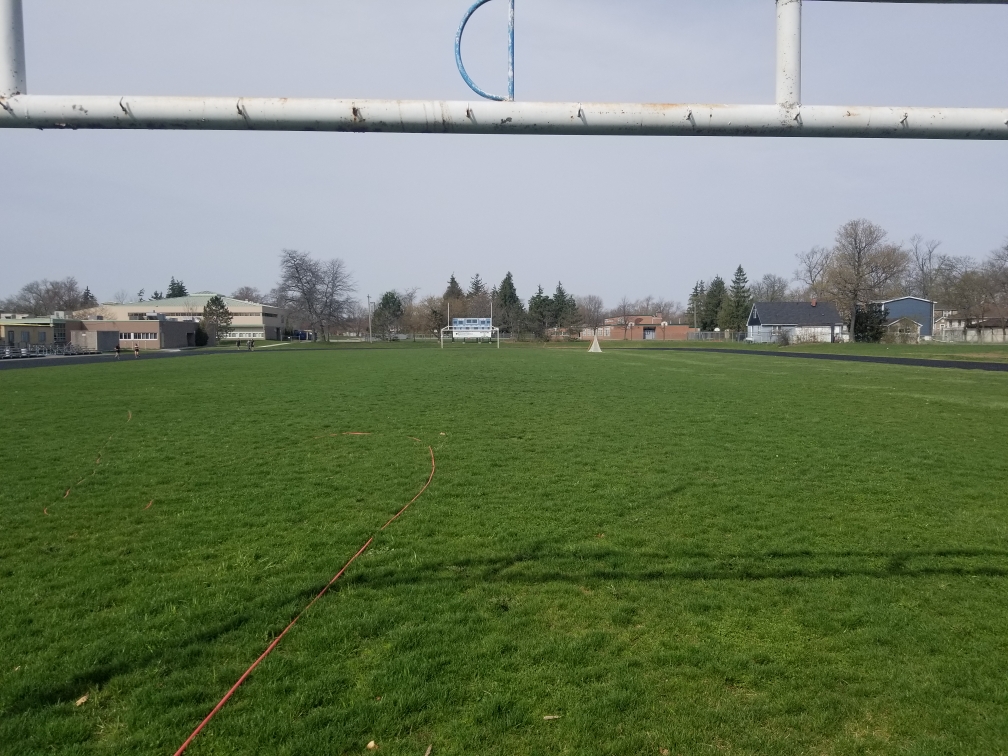In communities across the country, the unveiling of a new artificial turf field is often met with great excitement. It symbolizes progress, modernization, and a commitment to our young athletes. However, the cost of these fields, both in terms of dollars and missed opportunities, should make us pause and reconsider our choices.
Lacavera Field, with its state-of-the-art artificial turf, recently made its debut, bringing joy to students, parents, and sports enthusiasts alike. The $800,000+ investment in this field represents a significant commitment to the community’s sports programs. But what if we told you there’s more to consider beyond the green surface?
Investing in the Future
Artificial turf fields are often chosen for their durability and low maintenance. However, the substantial investment required to install and maintain them can come at a high cost. In the case of Lacavera Field, this cost was upwards of $800,000. While it’s essential to provide safe and accessible playing surfaces for our youth, it’s also worth considering alternative approaches that can benefit both the community and the students.
A Missed Opportunity for Student Engagement
Imagine if, instead of pouring resources solely into artificial turf, schools took a different approach – one that not only provides a safe playing surface but also empowers students, fosters school pride, and teaches valuable life skills.
One alternative vision could involve investing in a natural grass field while engaging students in the field’s maintenance and care. This approach would allow students to gain hands-on experience in turf management, small engine repair, and maintenance, all while contributing to their school community. It’s an opportunity to nurture a sense of pride and responsibility among the students.
The Transformative Power of Student Involvement
By creating a program where students are actively involved in maintaining the field, schools can achieve multiple goals:
- Skill Development: Students would gain practical skills in turf management, equipment maintenance, teamwork, and problem-solving.
- Employment Opportunities: Schools could provide employment opportunities for students, teaching them the value of hard work and earning.
- Environmental Stewardship: Natural grass fields are more environmentally sustainable, reducing the heat island effect and mitigating potential flooding issues.
- School Spirit: Active student involvement would foster a sense of pride and ownership in the field, enhancing school spirit and community engagement.
20+ Years of Change
Consider this: the $800,000+ investment in artificial turf could fund a program like this for 20 years or more. That’s two decades of empowering students, teaching valuable skills, and creating a real sense of community pride.
A Call for Responsible Choices
As communities across the country grapple with decisions regarding sports field investments, let’s remember that the real victory is not just the playing surface but the experiences and opportunities we provide for our youth. It’s time to think beyond the green and invest in a brighter, more sustainable future.
So, before we rush to embrace artificial turf, let’s pause and reflect on the true cost and potential benefits of alternative approaches that prioritize our youth, their education, and their future.
https://www.ehhi.org/turf-cancer-stats.php
